Guangzhou New Voyage Tech Co., Ltd.
-
-
High Intensity Obstruction Light
High Intensity Obstruction Light high intensity obstacle lights, HV transmission tower obstruction lights, solar obstruction lights High-intensity obstacle lights are used to indicate the presence of towers and high-rise buildings etc. with height above the level of the surrounding ground exceeding 150m. More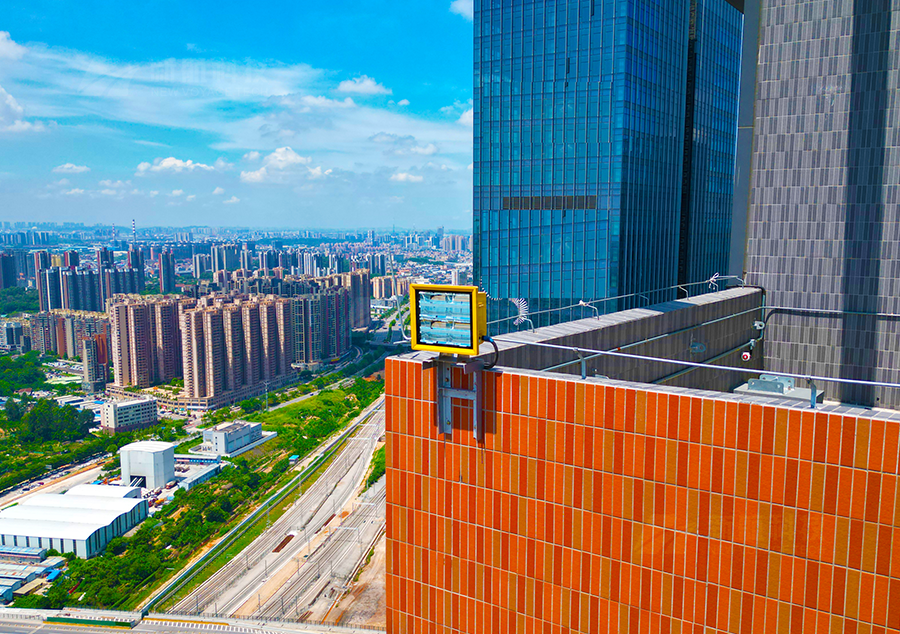
-
Medium Intensity Obstruction Light
Medium Intensity Obstruction Light medium intensity aviation lights, medium intensity aircraft warning lights, tower obstruction lights Medium-intensity obstacle lights, Types A and C, should be used alone, whereas medium-intensity obstacle lights, Type B, should be used either alone or in combination with low-intensity obstacle lights, Type B. More
-
Low Intensity Obstruction Light
Low Intensity Obstruction Light L810 obstruction light, red fixed obstruction light, tower crane warning light Low-intensity obstacle lights, Type A or B, should be used where the object is a less extensive one and its height above the surrounding ground is less than 45 m. More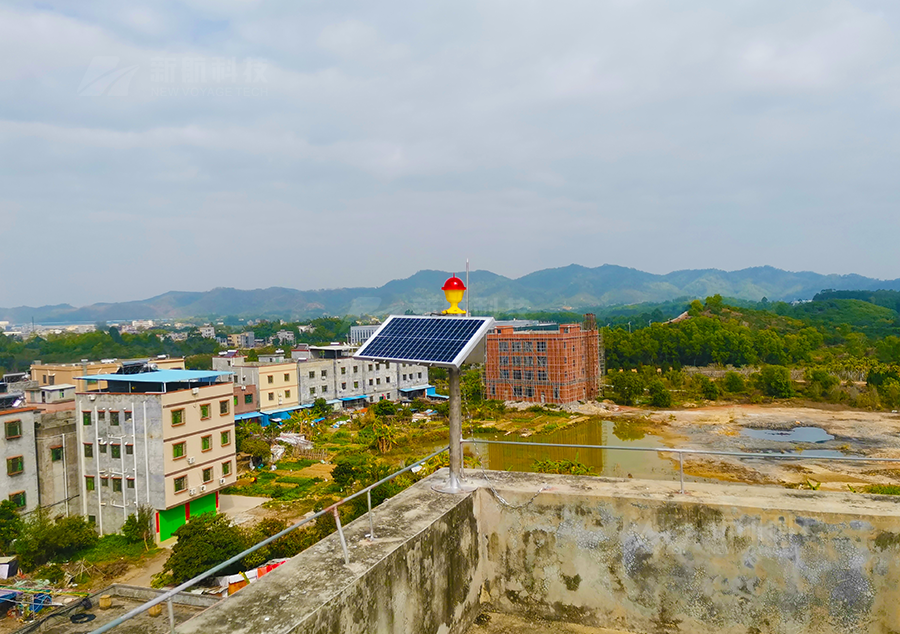
-
Aircraft Warning Sphere aircraft warning balls, transmission line warning spheres Aircraft warning spheres are typically installed on power lines span long distances crossing deep valleys, lakes and rivers etc., in area of approaches to airports and aerodromes. More
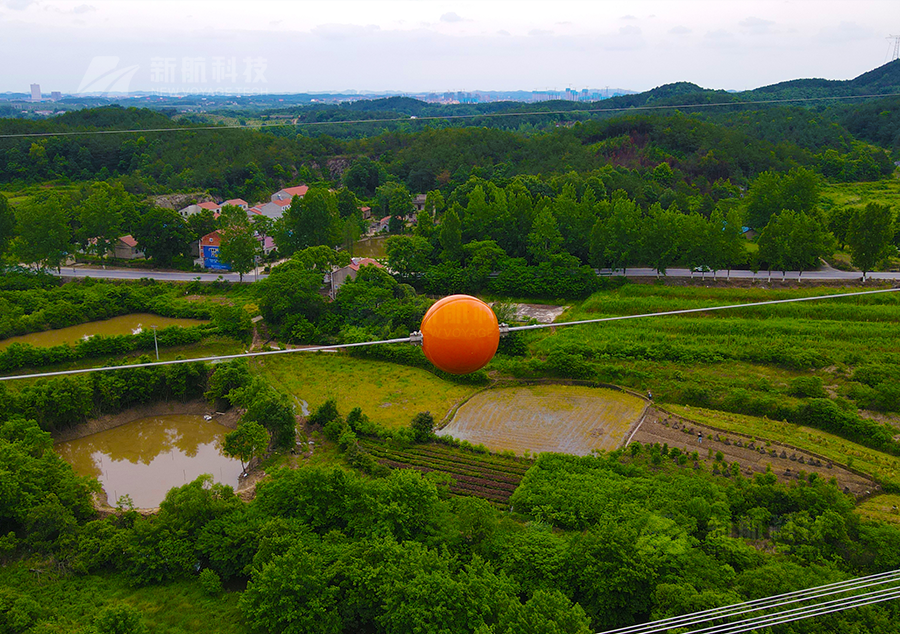
-
Obstacle Light Controller obstruction lights control panel, control system for aircraft warning lights New Voyage Tech provides customized controlling solutions for hig-rise buildings with BMS, telecom towers and chimney etc. Enable users to control and monitor operation status of the obstruction lights. More
-
-
Airfield Guidance Sign direction signs, information signs, location signs, mandatory instruction signs, runway/taxiway sign Airport sign systems provide visual cues to pilots and vehicle operators that enhance safe and efficient movement within the airfield environment. Elevated signs protect aeronautical surfaces and convey ground navigation information that enhances situational awareness when maneuvering on the airfield. More
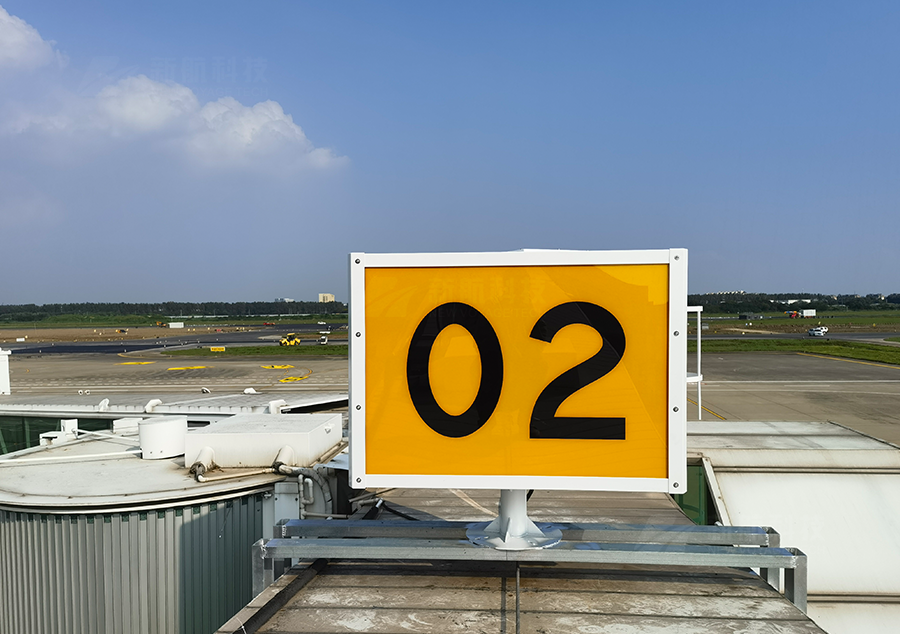
-
Unserviceability Light solar unserviceable area light, >10cd, red fixed, omidirectional light. Red fixed light for marking unserviceable area temporarily. A minimum of four such lights should be used, except where the area is triangular in shape where a minimum of three lights may be employed. Unserviceable area lights should be frangible. More

-
Meteorological visibility Light
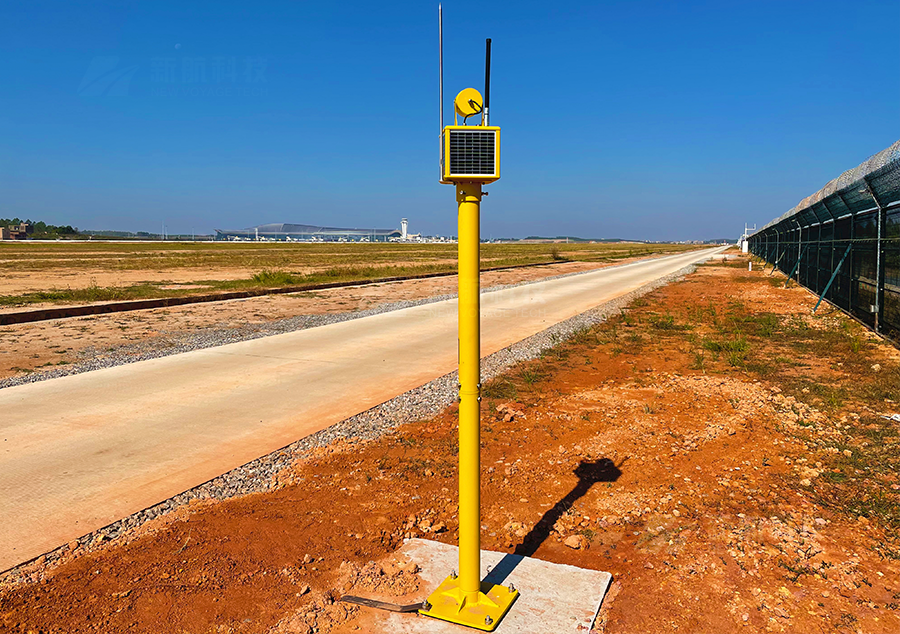
-
Wind Cone airport wind cone, frangible wind cone, rigid wind cone, internally lighted wind sock, wind vane Wind cones are used at airports to gives a clear indication of the direction of the wind and a general indication of the wind speed. Available in Type L806, Type L807 and Type L808. More
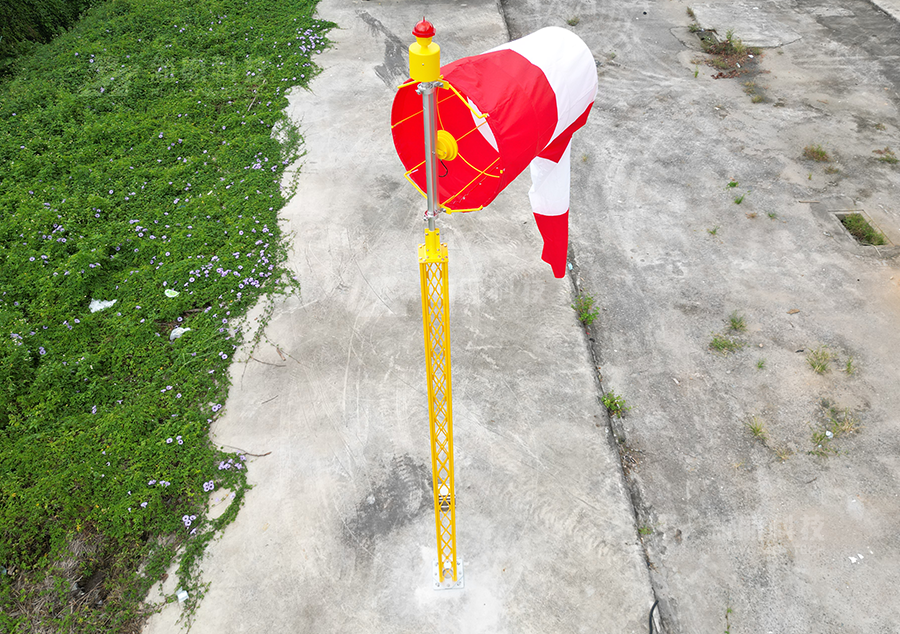
-
-
Taxiway Retroreflective Marker
Taxiway Retroreflective Marker retro reflective taxiway edgemarker, taxiway edge markings, airport retroflective marker Marking the edge of the taxiways, runways, ends and threshold. More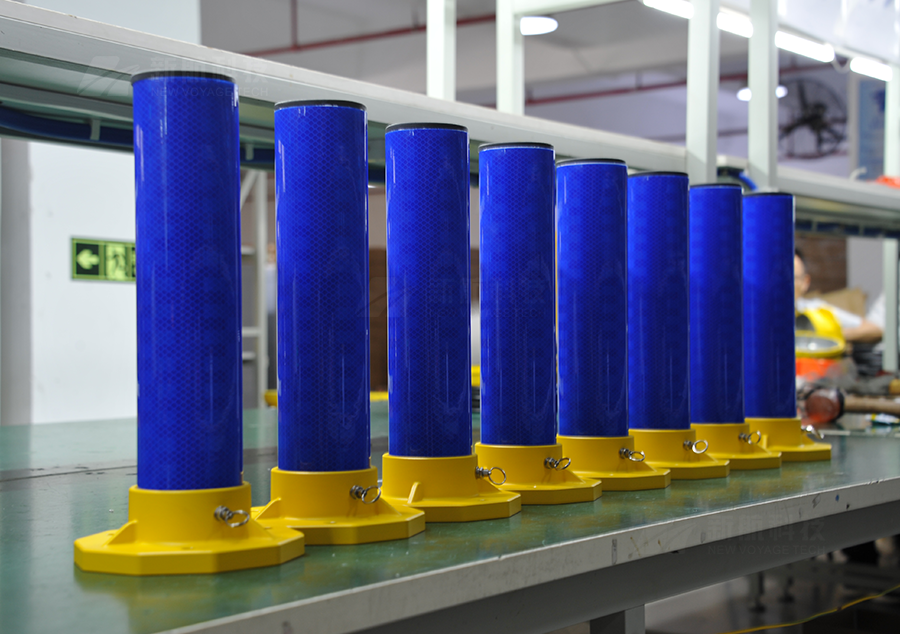
-
-
Touchdown and Lift-off Area Light
Touchdown and Lift-off Area Light TLOF perimeter light, heliport TLOF light, helipad TLOF light, TLOF inset light, TLOF elevated light Inset / elevated green fixed omidirectional light, to provide lighting for the touchdown and take-off area, enable the pilot to distinguish the touchdown and take-off area and its essential elements during the final approach. More -
Aiming Point Light LED aiming point light of heliport, white, omnidirectional, 100cd Aiming point lights shall form a pattern of at least six omnidirectional white lights. The lights shall be inset when a light extending above the surface could endanger helicopter operations. More
-
Final Approach and Take Off Area Light
Final Approach and Take Off Area Light FATO perimeter light, FATO light of heliport, withe omnidirectional light, 100cd Use of minimum of four flush or raised light fixtures per side of a square or rectanular FATO. Space lights at intervals of not more than 50m. To define a circular FATO, use a minimum of ten lights at intervals of not more than 5m. More -
Heliport Beacon heliport indentification beason, white light, 2500cd A heliport beacon should be provided ata heliport where long-range visual guidance is considered necessary and is not provided by other visual means; or identification of the heliport is difficult due to surrounding lights. More
-
Heliport Wind Cone lighted wind cone, wind direction indicator, heliport wind vane A heliport should be equipped with at least one wind cone that gives a clear indication of the direction of the wind and a general indication of the wind speed. The wind cone must be placed outside the safety zone and away from flight paths. More
-
Flight Path Alignment Guidance Light
Flight Path Alignment Guidance Light indicates the avialable approach and/or departure path direction Consists of a row of three or more lights spaced uniformly a total minimum distance of 6.2m. Intervals between lights should not be less than 1.5m and should not exceed 3m. Where space permits, there should be five lights. The lights should be steady onnidirectional insent white lights. More -
Taxiway Edge Light at least 2cd from 0° to 6° vertical, and 0.2 cd at any vertical angles between 6° and 75° Taxiway edge lights shall be fixed lights showing blue. The lights shall show up to at least 75° above the horizontal and at all angles in azimuth necessary to provide guidance to a pilot taxiing in either direction. More
-
Heliport Controller helipad control panel, heliport radio controller, heliport VHF controller Provide complete control of heliport lights. Lights control can be provided by low voltage DC or AC power. The output of the controller can be activated manually by switches, or automatically with the use of a photocell and/or VHF radio control. More
-
-
Heliport Lights helipad lights, heliport landing zone lights, heliport perimeter light We provide full range of heliport lights with control system suitable for surface level heliports and elevated heliports. These lights comply with ICAO and CAAC standards, contributing to the safety of landings or takeoffs. More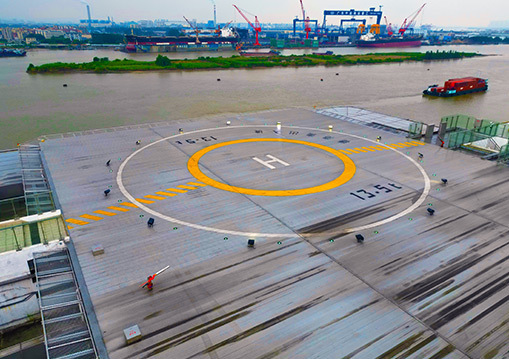
-
Airfield Lights Airport navigation lights are important facilities for ensuring the safe takeoff and landing of airc In the pitch-black night sky, they shine like stars, guiding airplanes to accurate taxiing and takeoff. These lights not only provide clear visual guidance for pilots, but also serve as a source of their confidence. In every corner of the airport, approach lights silently guard, ensuring the safety of aircraft. They are like guardians in the night sky, always sticking to their posts regardless of wind, rain, or thunder. In busy airports, approach lights play a vital role, ensuring the order and safety of flights, allowing every flight to take off safely. These are the airport approach lights, silently guarding our dreams of flight. More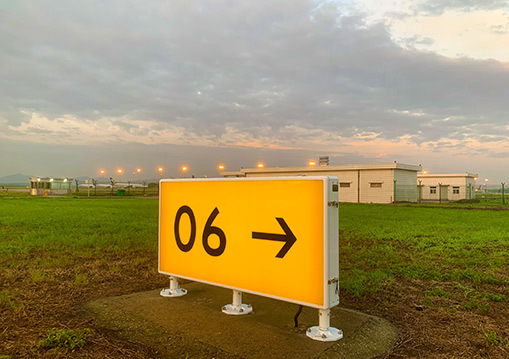
-
Aviation Obstruction Lights aircraft warning light, obstacle lights, aeronautical obstruction lights Typically installed on tall structures such as high-rise buildings, bridges, and towers. Its main function is to warn aircrafts to avoid collisions. These lights feature delivering high luminance at quite low power consumption. More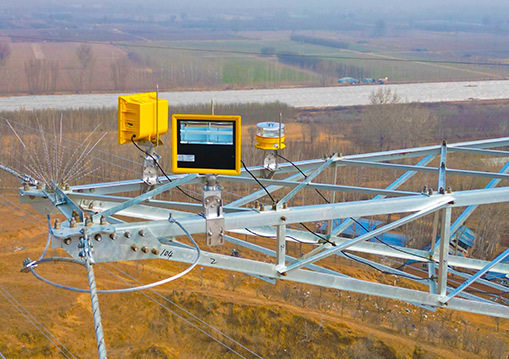
-

Aviation obstruction light solution
Lighting systems designed for tall buildings or special locations to ensure aviation safety.
Related Solutions
High-rise building obstruction lights
High-rise building obstruction lights are important aviation safety devices used to warn aircraft to avoid collisions. These lights are usually installed at the top of high-rise buildings and use a striking flashing or constant-on mode to attract the attention of pilots. These lights not only have efficient lighting functions, but also features such as water and dust resistance to adapt to harsh weather conditions. Their design meets aviation safety standards and effectively reduces safety hazards for aircraft. In short, high-rise building obstruction lights not only protect flight safety but also provide convenience for the nighttime identification of high-rise buildings, and are an indispensable part of modern urban construction and aviation safety.
Obstacle lights for power transmission towers
Obstacle lights for power transmission and transformation towers are lighting devices specifically designed for power transmission and transformation towers, providing a striking warning effect. These lights effectively address the aviation hazards caused by the towering height of transmission towers, reducing safety risks. The lights are made of high-quality materials and have good waterproof and dustproof capabilities, making them suitable for harsh environments. They are also energy-efficient and environmentally friendly, with a soft, non-glaring light. They are easy to install and maintain, and are widely used in power transmission network construction, ensuring flight and operational safety. These obstacle lights emit bright light at night, reminding pilots or other high-altitude workers to avoid power transmission and transformation towers, ensuring the stable operation of the power system.
Wind turbine obstruction light
Wind-powered obstruction lights are warning lights that use wind power to generate electricity. They mainly consist of a wind turbine, a light fixture, and a battery. When wind acts on the wind turbine, the generated energy is used to power the light fixture and charge the battery. This type of light does not require an external power supply and can be widely used in areas with abundant wind resources. It not only has a warning function but can also provide lighting for surrounding areas, making it a green and sustainable way of using energy. The installation of wind-powered obstruction lights is of great significance to ensuring aviation safety and traffic management, especially in places requiring warning signs such as bridges, towers, and mountains. The popularization and application of this type of light will help promote the development of green energy and achieve sustainable development goals.
Bridge obstruction lights are safety devices installed on bridges to warn aircraft and ground traffic participants at night. These lights are waterproof, dustproof, and wind-resistant, ensuring normal operation in various harsh environments. Their main function is to remind aircraft and other vehicles of the bridge's presence through flashing red or white lights, preventing collisions. The lights are also equipped with an intelligent control system that automatically adjusts brightness and flashing frequency to adapt to different environments and weather conditions. The application of bridge obstruction lights significantly improves nighttime driving safety and reduces potential safety hazards. In short, bridge obstruction lights are of great significance in ensuring traffic safety and reducing accident risks.
Chimney obstruction lights are crucial aviation safety devices, typically installed atop buildings or tall chimneys to guide aircraft away from collisions. These lights utilize high-intensity LEDs to emit conspicuous flashes at night or in low-visibility conditions, effectively warning aircraft and ensuring flight safety. Their unique design and compact structure enable them to withstand various harsh weather conditions. Furthermore, chimney obstruction lights are energy-efficient and environmentally friendly, boasting a long lifespan and low maintenance costs. Installing chimney obstruction lights is a vital measure for public safety, particularly in areas with heavy air traffic, and their role cannot be overstated.
Tower crane obstruction lights
Tower crane obstacle lights are important safety devices widely used on tower cranes, high-rise buildings, and high-pole structures. Their main function is to indicate the height and position of obstacles, warning aircraft or other low-altitude flying objects to avoid collisions. These lights are waterproof, dustproof, and corrosion-resistant, and can operate stably in harsh environments. They are compact and easy to install, effectively reducing wind resistance and minimizing the impact on tower crane operation. In addition, tower crane obstacle lights use LED light sources, which have high brightness, low power consumption, and long lifespan, effectively ensuring night-time safety. In short, tower crane obstacle lights are of great significance in ensuring public safety and preventing accidents.
High-pole obstacle lights are an important traffic safety facility, usually installed at road intersections or on high-pole lights to provide warnings for night driving. These lights have significant characteristics, such as high-brightness lights that effectively attract the attention of drivers, serving as a warning and reminder. At night or in low-visibility environments, obstacle lights, through flashing or constant lighting, help drivers identify obstacles or warning areas ahead, thus avoiding accidents. In addition, the installation and use of high-pole obstacle lights also help improve the safety and efficiency of road traffic. In short, high-pole obstacle lights play an irreplaceable role in traffic safety and are one of the important facilities for ensuring driving safety.
Aviation marker ball application
Aviation marker balls have wide applications in aviation. They are mainly used to identify routes, waypoints, and restricted areas, providing pilots with precise navigation. The special material and precise positioning of the marker balls allow them to remain clearly visible even in complex weather conditions, effectively avoiding flight errors. In addition, they are used in air traffic control to assist in controlling aircraft spacing and ensuring flight safety. In emergencies, aviation marker balls can serve as clear identification markers to assist search and rescue operations. Therefore, the application of aviation marker balls is of great significance to aviation safety, route planning, and air traffic management. With the continuous advancement of aviation technology, their application fields will become even broader.
COOKIES
Our website uses cookies and similar technologies to personalize the advertising shown to you and to help you get the best experience on our website. For more information, see our Privacy & Cookie Policy
COOKIES
Our website uses cookies and similar technologies to personalize the advertising shown to you and to help you get the best experience on our website. For more information, see our Privacy & Cookie Policy
These cookies are necessary for basic functions such as payment. Standard cookies cannot be turned off and do not store any of your information.
These cookies collect information, such as how many people are using our site or which pages are popular, to help us improve the customer experience. Turning these cookies off will mean we can't collect information to improve your experience.
These cookies enable the website to provide enhanced functionality and personalization. They may be set by us or by third-party providers whose services we have added to our pages. If you do not allow these cookies, some or all of these services may not function properly.
These cookies help us understand what you are interested in so that we can show you relevant advertising on other websites. Turning these cookies off will mean we are unable to show you any personalized advertising.
New Voyage
Website product specifications and parameters are updated irregularly without further notice. Please contact our staff for the latest project product information.







